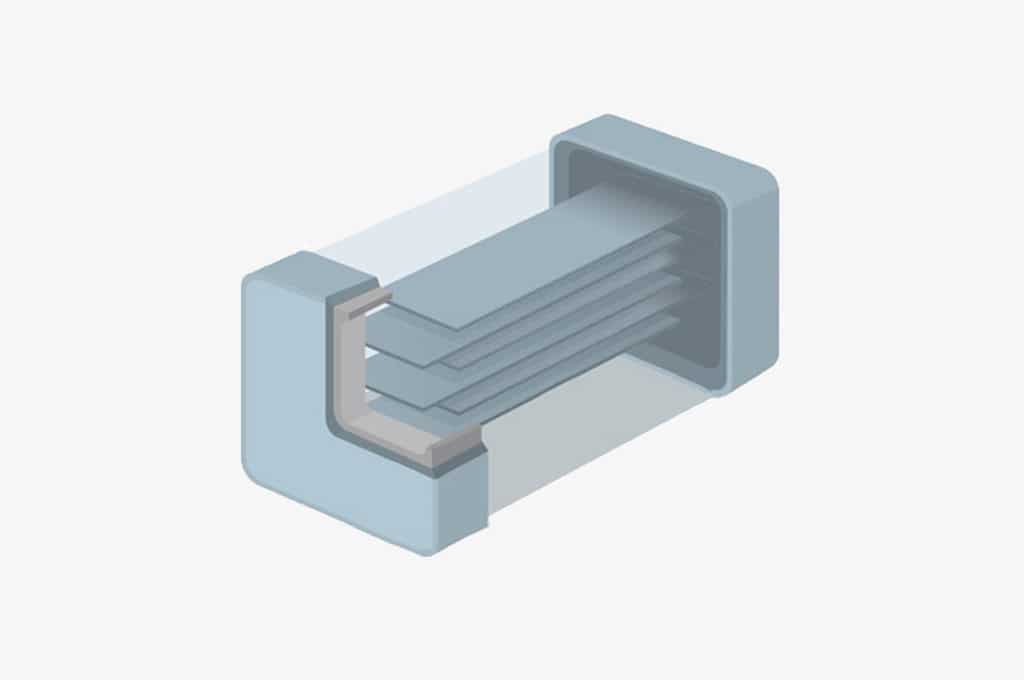Source: TDK article
Measures to achieve the practical implementation of autonomous driving for automobiles are proceeding across the world. In order to reach that goal, the number of devices such as cameras and sensors installed in each automobile is increasing, with greater demands for their ability to quickly and accurately process information obtained from the areas around vehicle bodies.
Automotive Ethernet communication is an effective method of fulfilling these requirements, and the products in TDK’s AVRH series of chip varistors have been designated as components recommended for use with Marvell ICs to function as ESD protective devices, essential components which can reliably support Marvell’s Ethernet communications technology.
Marvell-Recommended ESD Protection Devices and Recommended Circuit Diagram
TDK’s AVRH10C101KT4R7FA8 chip varistor has been designated as an ESD protection device recommended for the Marvell 88Q1010, which implements the Ethernet physical layer portion of the 100BASE-T1 standard. Additionally, TDK’s AVRH10C101KT1R1NE8 chip varistor has been designated as an ESD protection device recommended for the Marvell 88Q2110/88Q2112, which implements the Ethernet physical layer portion of the 1000BASE-T1 standard. As shown by the recommended circuit diagram in Figure 1, it is preferable for these chip varistors to be installed in close proximity to connectors which are likely to generate static electricity/ESD.
Compliance with the “Open Alliance” Automotive Ethernet Communication Standard
Under OPEN Alliance (www.openSIG.org), standardization of the BroadR-Reach® physical layer is proceeding as an automotive Ethernet communication standard. OABR (OPEN Alliance BroadR-Reach®) requires the following tests to be conducted on ESD protection devices, and it will become necessary for ESD protection devices to pass these tests for automotive Ethernet applications. TDK’s chip varistors passed all of the following tests and our products can be used without any issues as ESD protection devices for Ethernet communication.
Advantages of TDK’s Chip Varistors over TVS Diodes
Under OPEN Alliance, confirmation of RF immunity test performance is becoming a required specification. Countermeasures against static electricity and ESD which uses TVS diodes have the potential to cause communication errors when the immunity test is applied. However, TDK’s chip varistors have taken BCI tests and RF immunity into full consideration, and succesfully achieved high varistor voltage characteristics to prevent communication errors. The AVRH10C101KT4R7FA8 is compliant with the “OPEN Alliance: IEEE 100BASE-T1 EMC Test Specification for ESD suppression devices” standard. A test specification for 1000Base-T1 is also currently being formulated. The AVRH10C101KT1R1NE8 is compliant with the draft version of the 1000Base-T1 ESD suppression devices specification.
Product Overview and Features of Chip Varistors for Automotive Ethernet Communication
- Recommended by Marvell
- Compliant with the AEC-Q200 automotive standard
- Compliant with the OPEN Alliance automotive Ethernet communication standard
